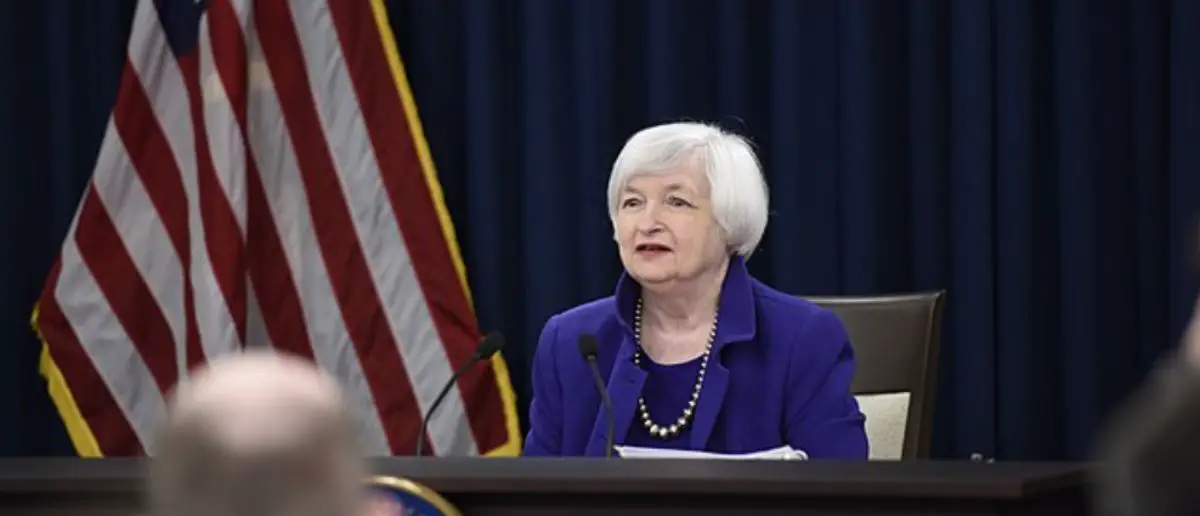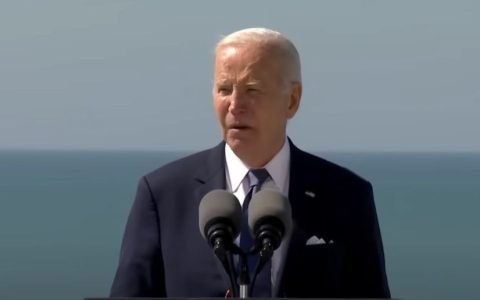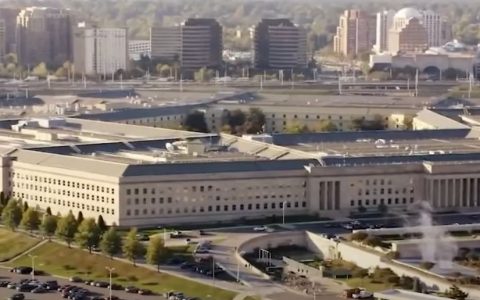
After the Silicon Valley Bank failed last week, many breathed a sigh of relief that it didn’t spread. We shouldn’t have counted our eggs before they hatched.
Because America’s banking crisis just got so much worse.
Americans across the country will never forget the housing crisis that destroyed the economy back in 2008-2009.
Retirement accounts were wiped out and people were thrown out of their homes from massive waves of foreclosures.
The economy struggled to recover during the Obama administration and many of the effects are still felt today.
You would think America’s banks and regulators would’ve learned their lesson.
You’d be wrong.
America’s top banks rushed Thursday to shore up First Republic, reducing concerns that the regional lender could be the next domino to fall following the failures of Silicon Valley Bank and First Republic (SVB).
Shares of the bankrupt Californian company recovered earlier losses to trade higher on Wall Street on Thursday, following suggestions that it could receive a capital injection from some of the country’s most powerful financial institutions.
Since then, a group of 11 US private institutions, including Bank of America, Citigroup, and JPMorgan Chase, have announced a $30 billion deposit into First Republic.
“This show of support by a group of large banks is most welcome, and demonstrates the resilience of the banking system,” Treasury Department, US Federal Reserve, Federal Deposit Insurance Corporation, and Office of the Comptroller of the Currency executives said in a joint statement.
First Republic, founded in 1985, is the 14th largest US bank by assets, with $212 billion at the end of 2022.
First Republic, headquartered in San Francisco, has operations on the East Coast, including New York and Florida, as well as in western states such as Washington and Wyoming.
Nonetheless, the majority of the bank’s “affluent” clientele are centered in coastal urban areas, according to Morningstar analyst Eric Compton in a recent client note.
The bank is well-known for its private banking and wealth management services. It has a high percentage of uninsured deposits as a result of its customers, which has kept it under investigation following the failures of SVB, Signature, and Silvergate.
Despite the fact that First Republic’s customers come from a variety of industries, there have been concerns that many of them may seek the relative safety of large, well-capitalized Wall Street banks in light of the continued instability in financial markets.
According to S&P Global Ratings, 68 percent of the bank’s accounts have deposits of more than $250,000, the level that US regulators automatically guarantee.
“We believe the risk of deposit outflows is elevated at First Republic Bank despite the actions of federal banking regulators and the bank actively increasing its borrowing availability to mitigate risk associated with the bank failures over the last week,” S&P said Wednesday as it moved to downgrade First Republic.
By Thursday morning, First Republic’s share price had dropped by more than 75% week on week, raising concerns about the company’s long-term future.
The wild decline came to an end after news that some of Wall Street’s biggest names were considering rescuing the bank.
Stay tuned to DC Daily Journal.





